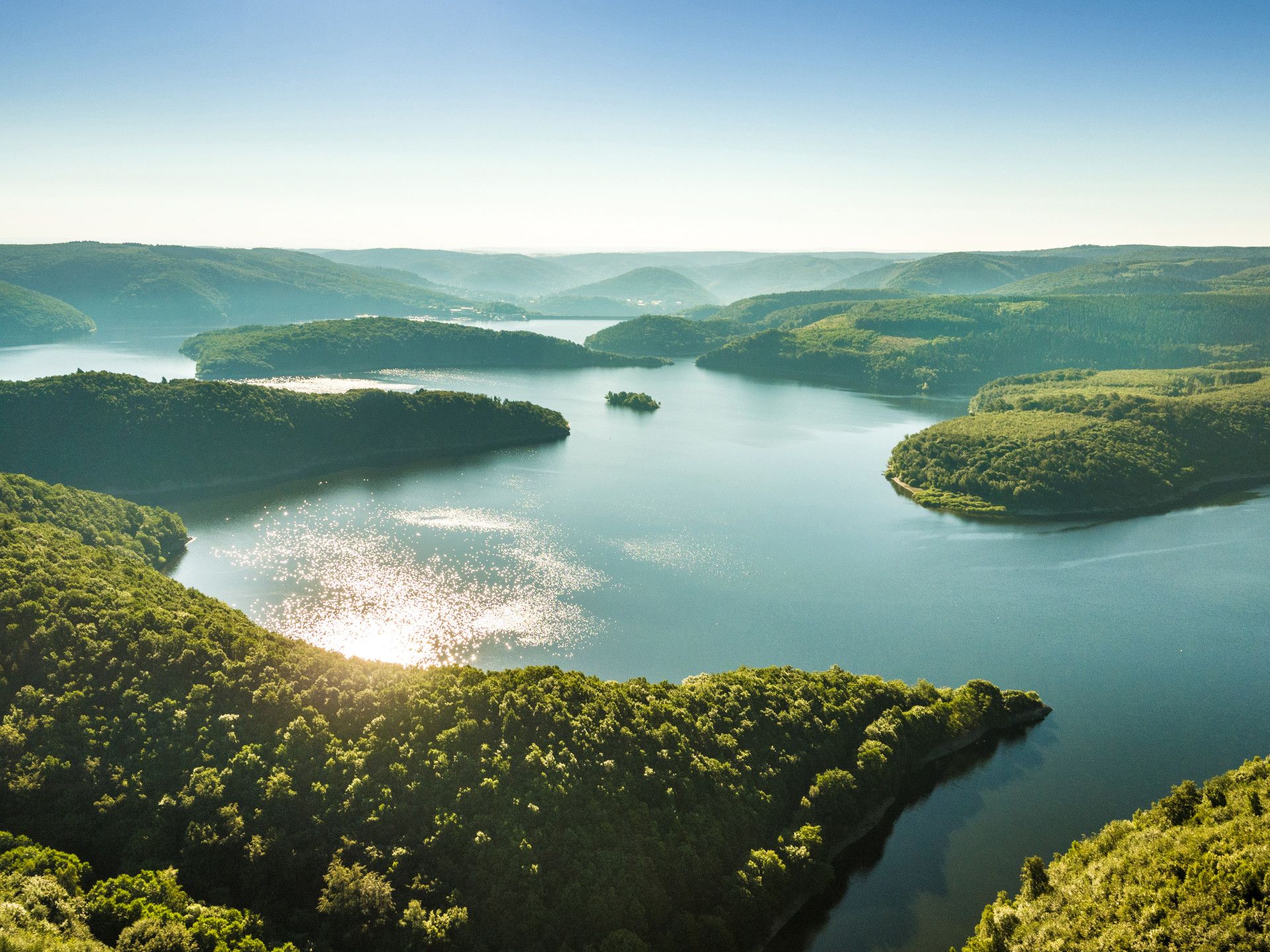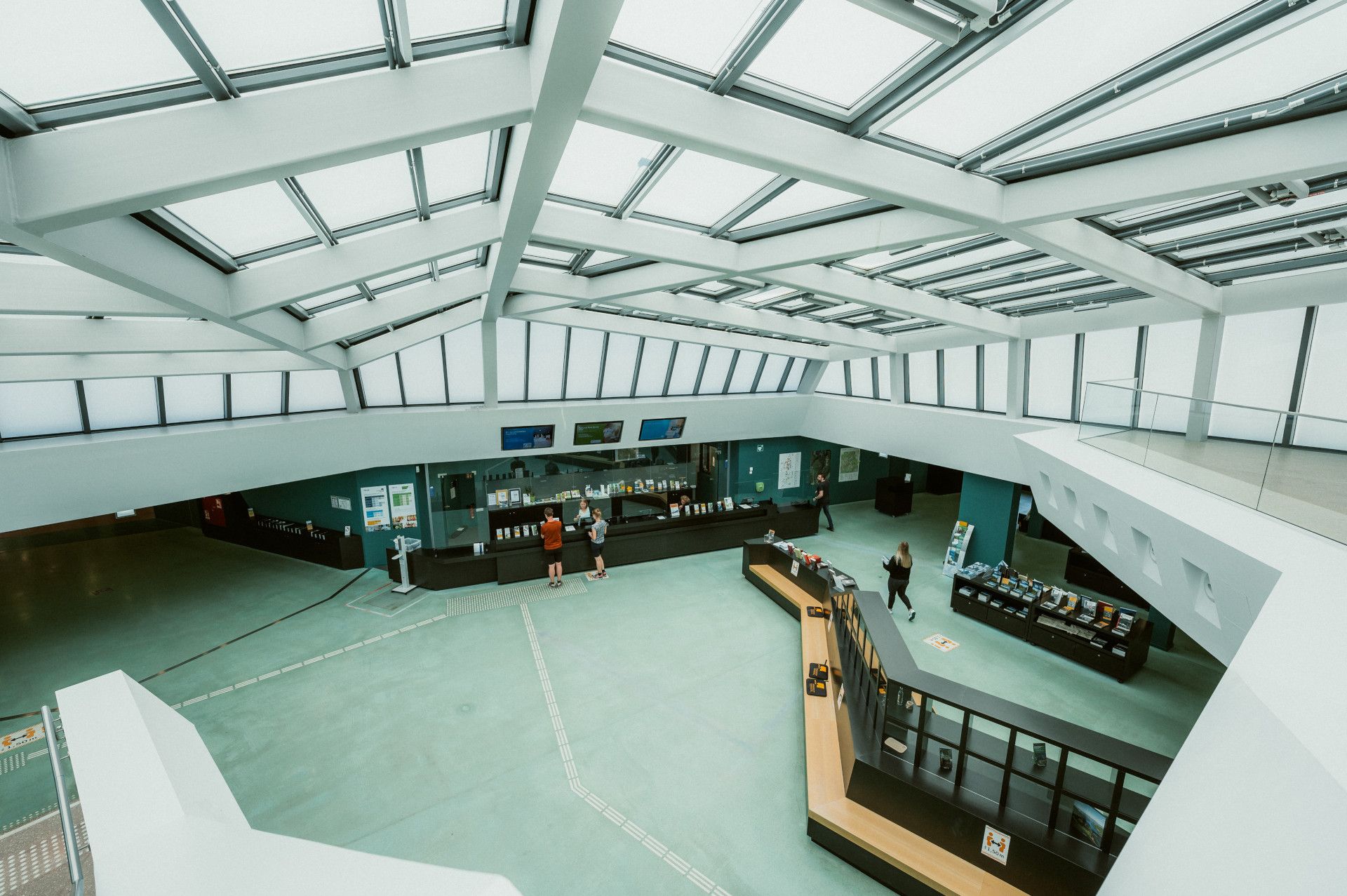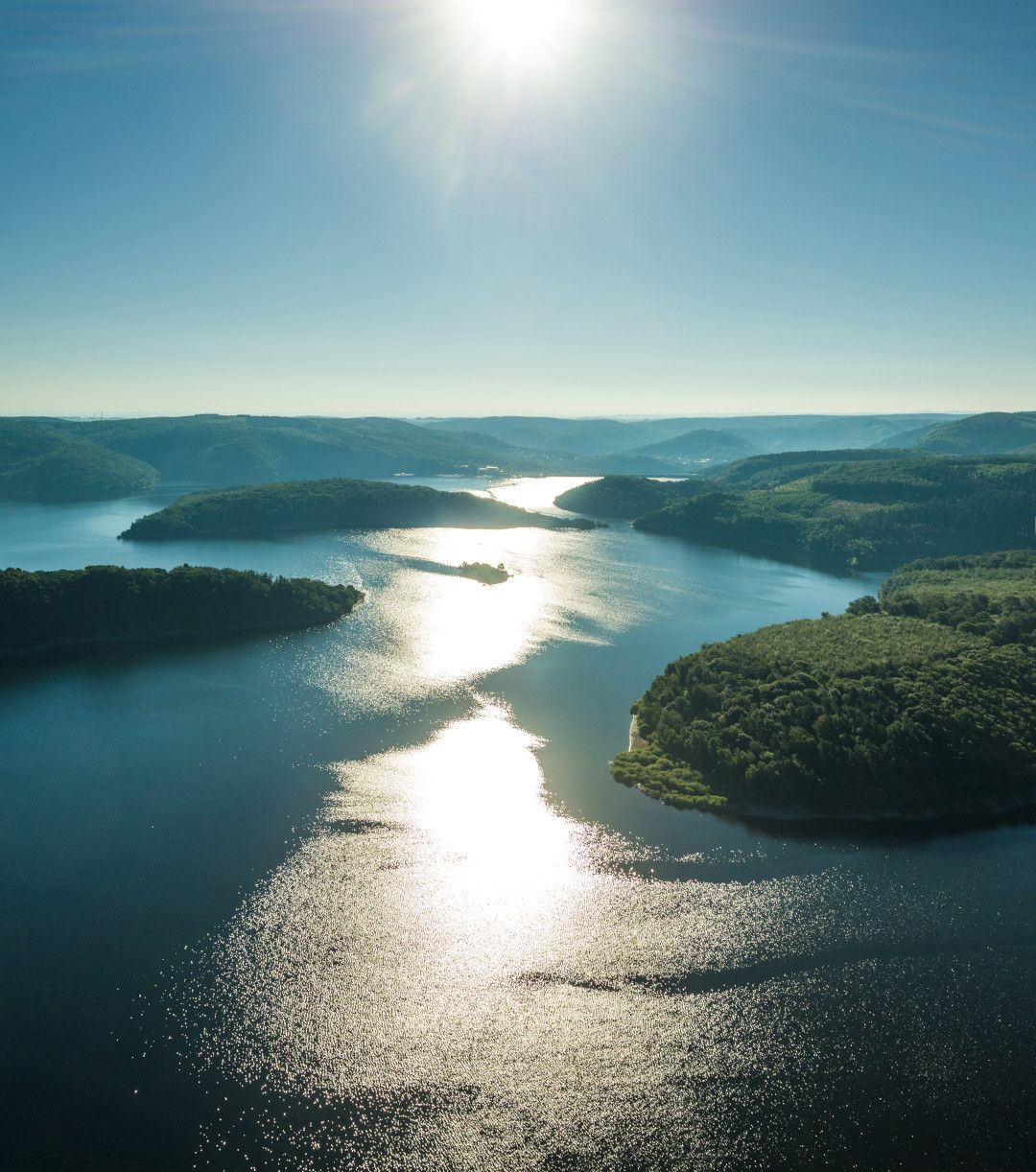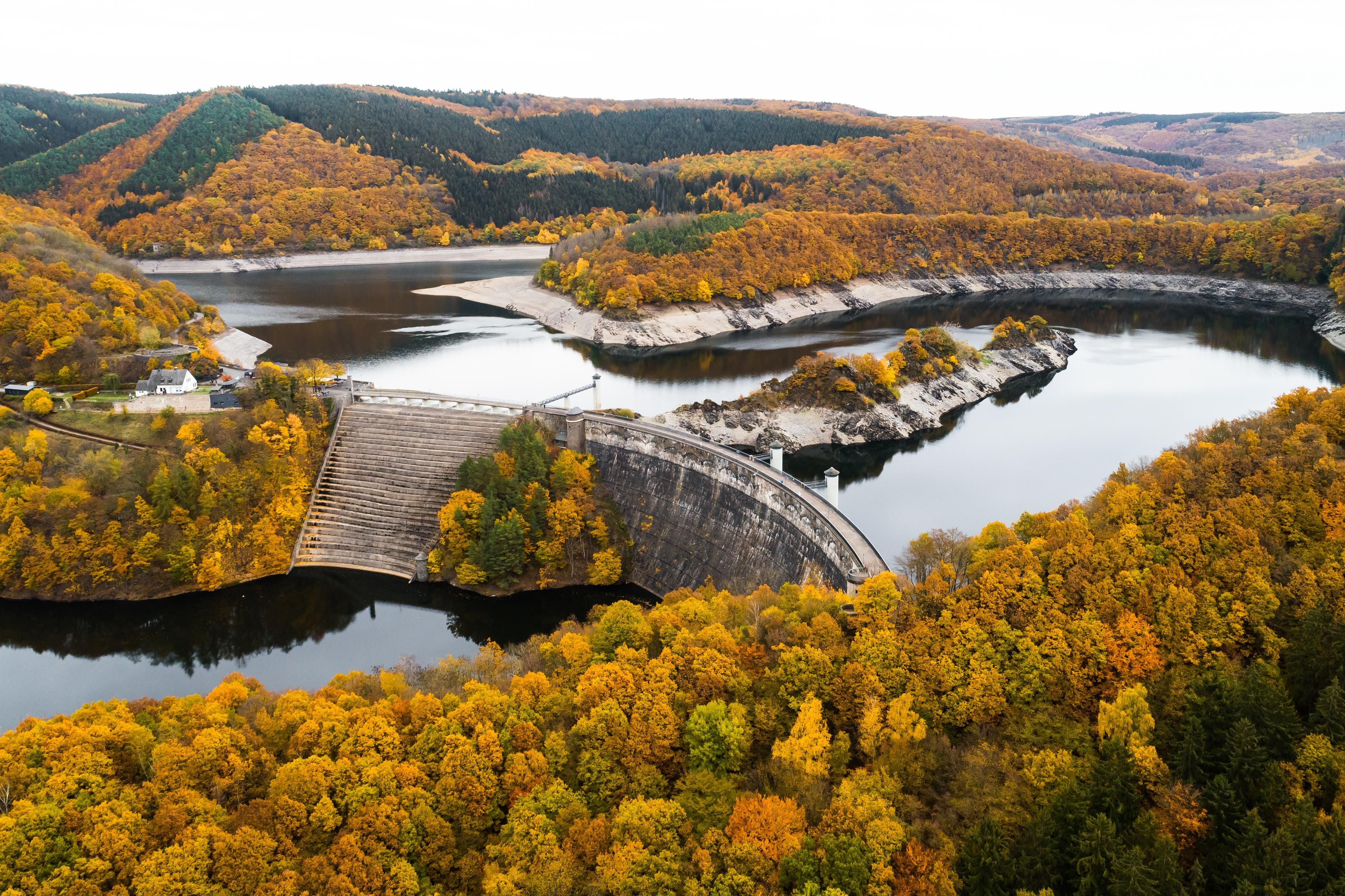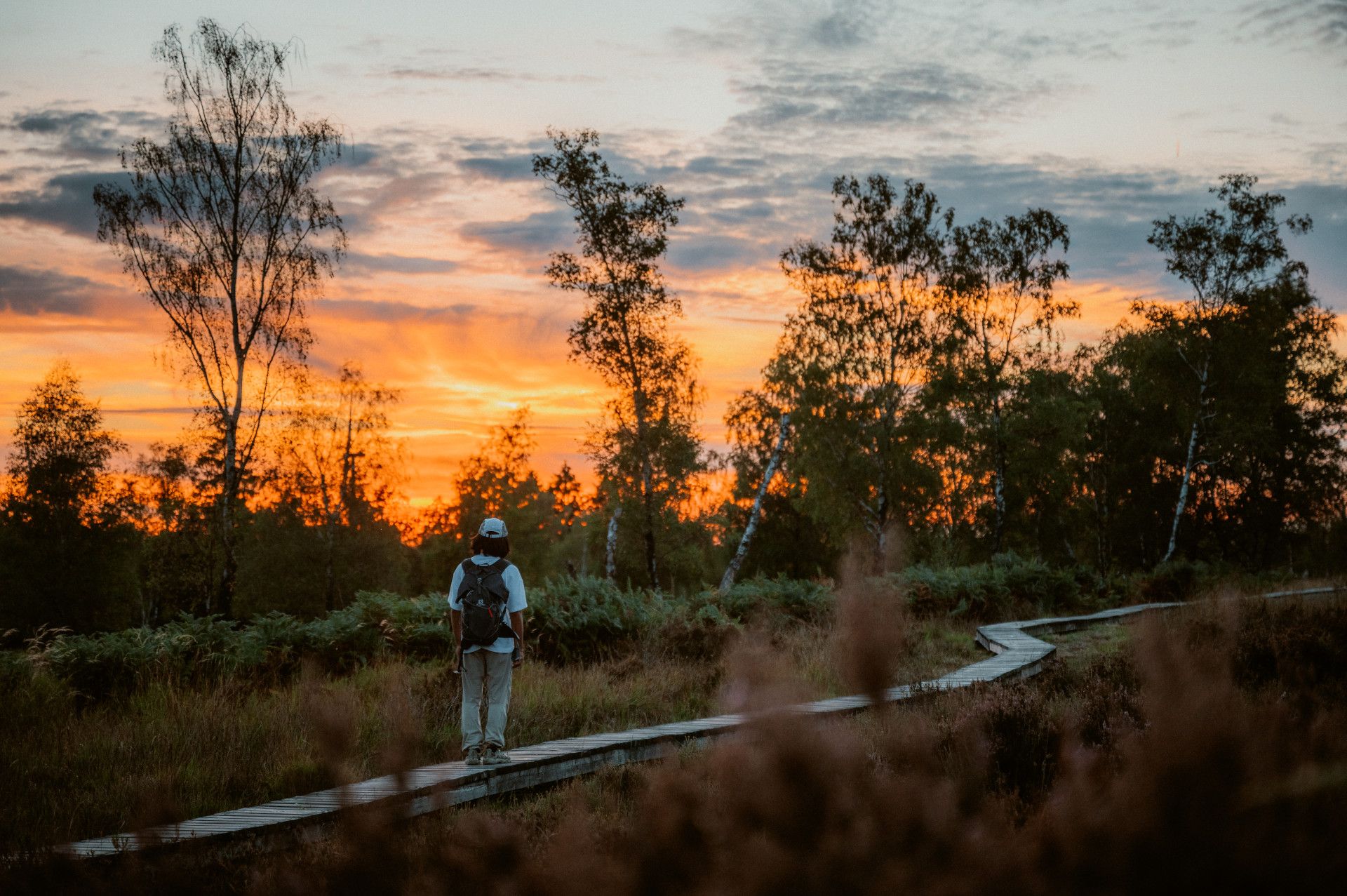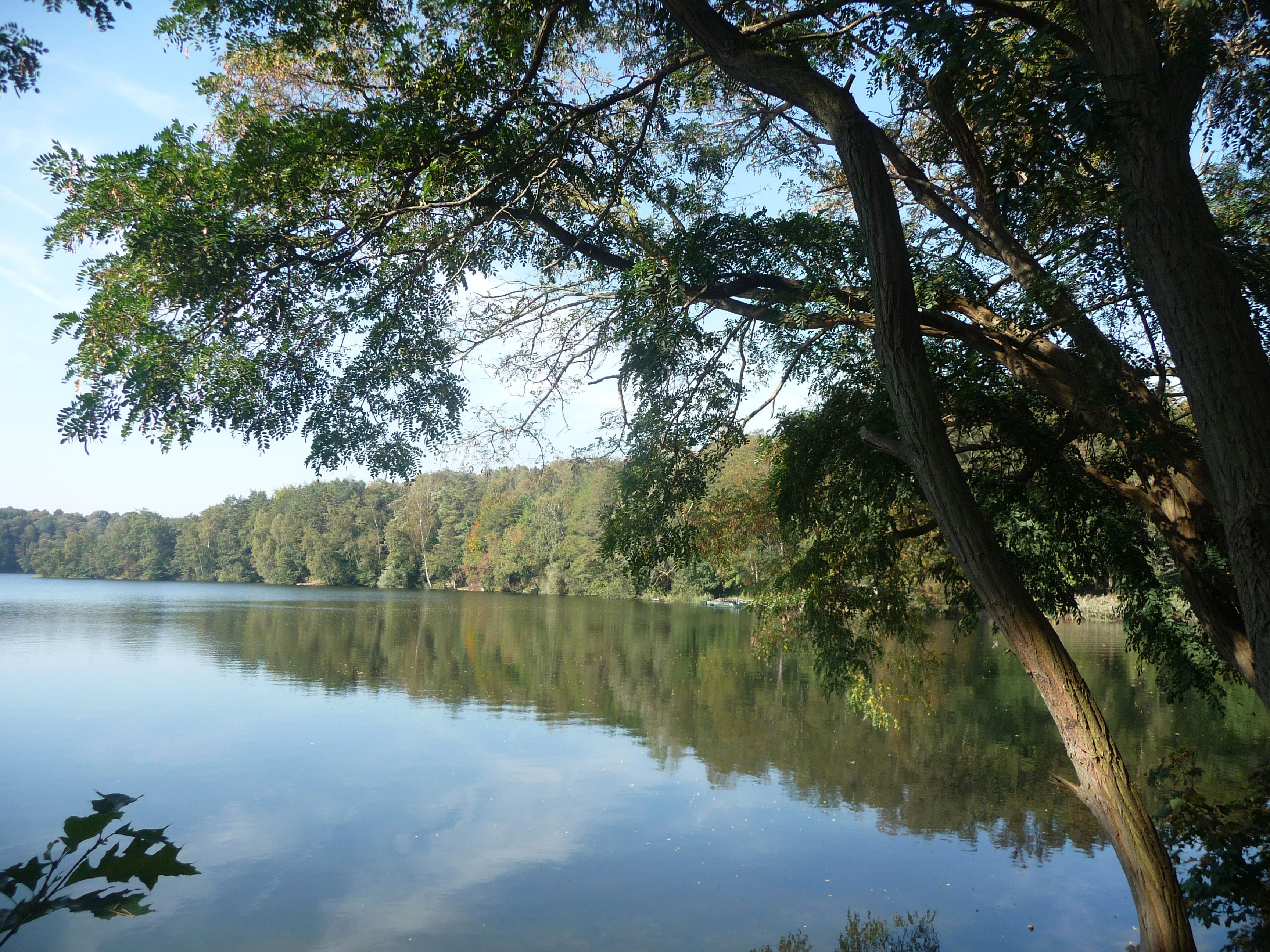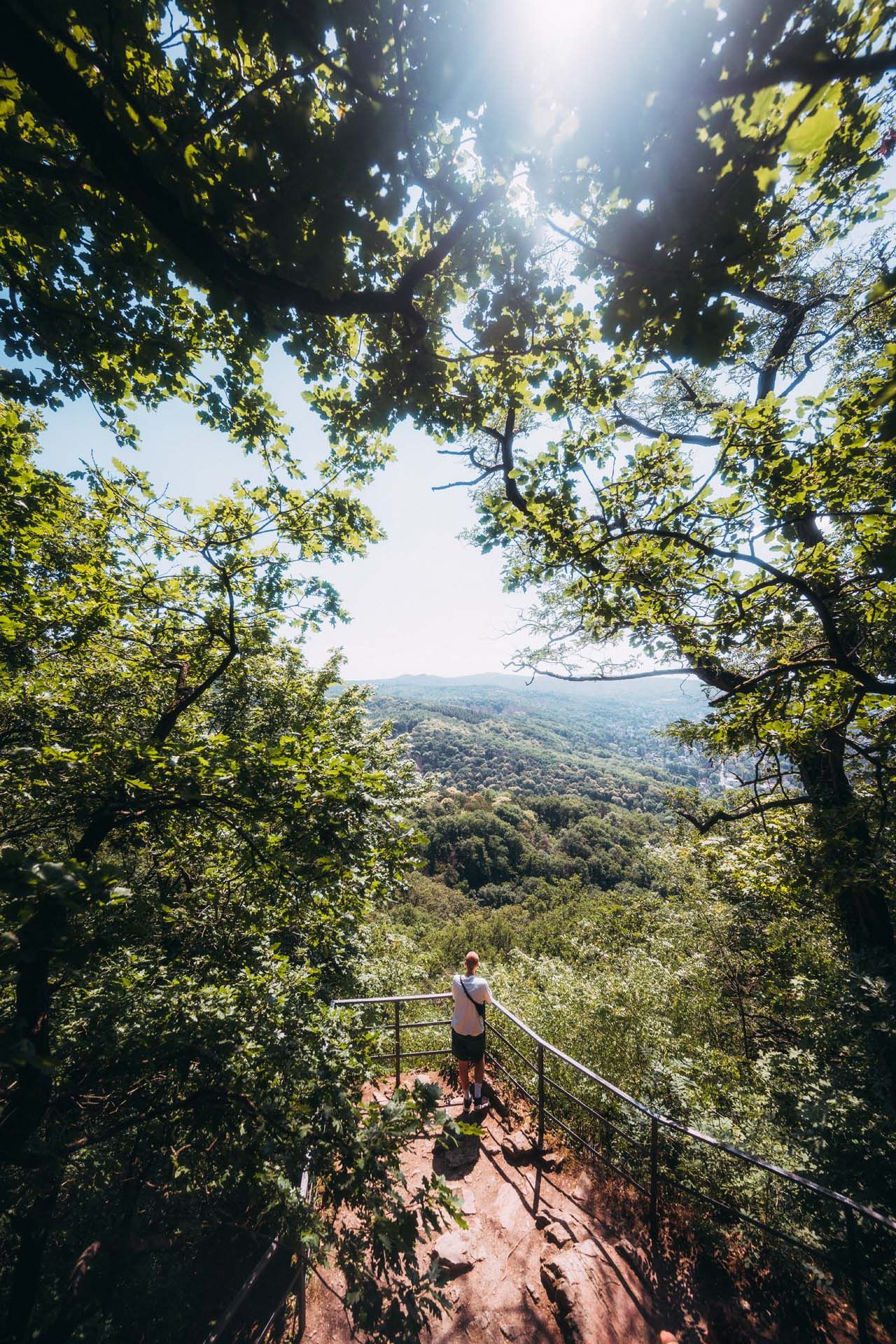Do you like it wild and boisterous? Then the Eifel National Park is exactly your terrain. Fallen and uprooted trees lie wildly scattered along the "Wild Path". Insects have conquered them, grasses and ferns grow through the rotten branches and the leaves rustle and crackle. Welcome to the wilderness. Or in the "primeval forest of tomorrow". Because in North Rhine-Westphalia's only national park, nature has been allowed to do as it pleases for almost twenty years and is renewing itself. With success: more than 11,200 animal, fungal and plant species are now native to the protected area again, including more than 2,500 that are on the Red List of Threatened Species. So it's quite possible that you'll come across a wild cat or wall lizard on your next excursion through the wild nature. You might also hear the roaring of deer from afar, which are also at home in the national park and come here in the fall to mate. On the 1.5-kilometre nature discovery trail "The Wild Path", which is completely barrier-free and therefore also offers people with disabilities a unique experience of nature, you will not only learn a lot about nature, but also from it.
Wilderness spaces
If you want to find out more about what is rustling in the bushes or how to read the tracks of animals, you can join a ranger tour. The men and women with the distinctive hats know almost everything about nature in the Eifel National Park and how it can best be protected so that future generations can still experience it without restrictions. And if it's stormy or raining outside, just pop into the "Wildnis(t)räume" exhibition. In the National Park Center near Schleiden, it provides a playful and interactive insight into what nature is up to in the Eifel National Park. The site where the museum was built a few years ago has a long, very unpleasant history. In the 1930s, the National Socialists demonstrated their inhuman megalomania here with the construction of the Nazi Ordensburg Vogelsang. Today, the hill above Lake Urft is an "International Place" (IP) for tolerance, diversity and peaceful coexistence.
Panoramic views
All those who are not afraid of steep climbs are rewarded with fantastic panoramic views over the green-blue wilderness, which is also home to numerous reservoirs such as the Rursee, Obersee and Urftsee lakes. The Wilderness Trail, an 86-kilometre route through the entire national park area in the Eifel, is a spectacle all year round. Among other things, there is a birdwatching station between Gemünd-Malsbenden and the Urft dam wall, from where you can observe grey herons, great crested grebes and ducks as well as a breeding colony of cormorants.
If you like, you can set up camp for the night at one of the designated trekking sites in the open air. You can find out why the stars shine brighter here and why you can see the Milky Way with the naked eye during a visit to the Vogelsang Astronomy Workshop. Or you can look for one of the many certified hosts whose "GästeCard Erlebnisregion Nationalpark Eifel" is part of the "Fahrtziel Natur" project. With this card, you can travel directly into the wilderness by public transport in a convenient and environmentally friendly way.
